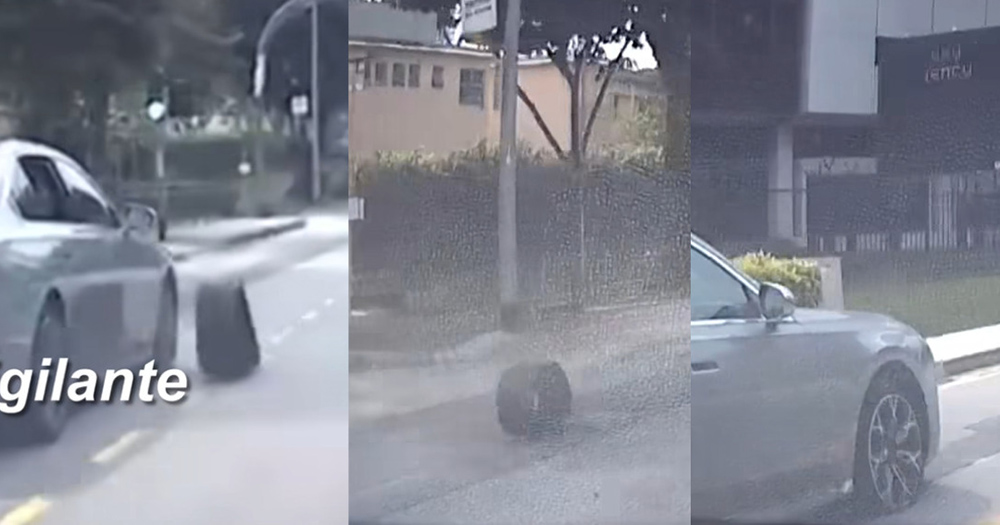20 dead fish found at Marina East shore, no pollutive discharge detected by NEA
Rapid changes in salinity might have caused the fish residing in or near brackish water to die.

A man in Singapore got a shock when he saw dozens of dead fish along the shore at Marina East Drive on Dec. 6 and 7 mornings.
Speaking to Shin Min Daily News, the man, surnamed Huang (transliteration), said he made the discovery while on his way to take photographs of birds.
According to him, the dead fish came in all sizes.
Some were floating on the water, while others ended up on the rocks.
When he walked towards the fish, he noticed "a foul smell".
He also shared that he was puzzled that the fish had been there for two days, but there were apparently no signs of other animals feasting on them.
"I find it very strange, and I wonder if there was something wrong with the water quality," added Huang.
No potential sources of pollutive discharge identified nearby: NEA
In response to Mothership's queries, the National Environment Agency (NEA) said its officers conducted investigations at the site on Dec. 9 following feedback about the dead fish.
The officers did not identify any potential sources of pollutive discharge, such as industrial premises or construction sites, nearby.
They also checked with operators of commercial facilities located along the shoreline nearby, which confirmed that no fish kill was observed in the waters.
NEA's appointed service provider has since carried out clean-up operations, which removed about 20 fish.
According to NEA, the fish were identified to be tilapia, which is a species largely found in freshwater.
While tilapia can be raised in brackish water, research has found that sudden changes in water salinity level could be fatal to fish in general, as their bodies are not equipped to adjust rapidly.
Similar incident on Dec. 4
The dead fish at Marina East shore were spotted two days after a passer-by found 200 dead fish in a canal along Marina South Drive on Dec. 4.
At the time, NEA said the water in the canal "appeared clean without any visible oil sheen, discolouration, or odour".
Its officers also traced the canal, upstream drains, and surrounding sites, but they did not observe "any possible sources of pollutive discharge".
The agency, however, noted that tests done on water samples found them to contain "high salinity levels", which could be due to seawater that entered the canal during high tide.
Although NEA did not specify the species of the fish in the statement, research showed that high salinity levels can be fatal to freshwater fish by causing them to suffer from dehydration.
Top image via Shin Min Daily News
MORE STORIES




















